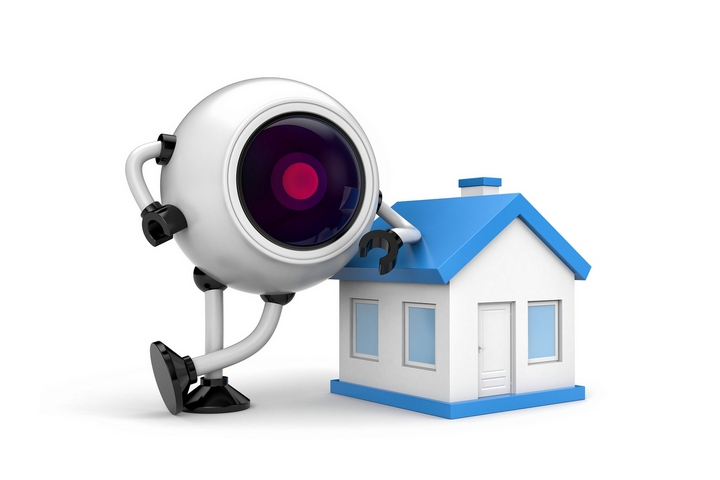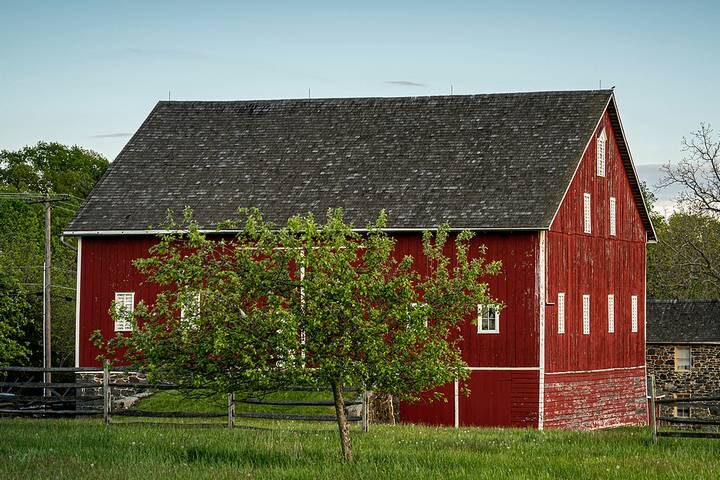Whether your home has been burglarized in the past or you just want to be vigilant, you decide to install a video surveillance system on your property. While a main objective of a surveillance system is to observe and record a given area, the reality is there are many different systems available that offer different features.
A homeowner can become easily frustrated when trying to choose one. The following are factors to consider when looking to buy a video surveillance system for your home and being mindful of them will guarantee you get the one that best suits your needs.
1. Size of area

A major determinant in the video surveillance system you choose should be the size of the area you want it to monitor. Before purchasing a system, draw up a sketch of your home and where you want to monitor. This will determine where your cameras should be located. If your home is small or you only wish to monitor a specific area, a fixed, or static, camera would be best.
This type has a fixed field of vision and can continuously focus on one spot. A pan, tilt, zoom (PTZ) camera is generally used to cover more area and can move either due to a sensor picking up movement or by someone monitoring the camera. PTZ cameras are significantly more expensive than static cameras but if you want a system that provides extensive coverage without breaking the bank, you can always consider installing numerous static cameras so that all desired area is covered for a fraction of the price.
2. Location

You want to make sure your home is well-covered and your surveillance system is able to monitor all activity. As mentioned, a sketch of your home should be composed to determine the best locations for cameras to be installed. You need to consider whether you want potential intruders to be able to notice the presence of your cameras or if you want to keep them as discreet as possible. For the former, box cameras at the front door should be considered as they are larger and their presence is more obvious, deterring intruders from trying to enter.
Dome cameras in more discreet locations will be harder to notice but it is for this reason that intruders may gain entry and put you and your family in danger. If your cameras will be outdoors, appropriate housing should be looked at to ensure they can withstand precipitation and cooler temperatures. Lighting conditions indoors and outdoors can change throughout the day and you want your cameras to provide clear, distinct videos regardless.
As a result, systems with filtering that can reduce the amount of light and illuminating technology to increase lighting should be considered.
3. Connection

Video surveillance systems are typically offered in two varieties. A wired system requires cables that run from the cameras to a monitoring system where the video is displayed. This type of system is not susceptible to outside interference and video can be more reliable, but it can be messy and unsightly with wires and cables running in every direction if not properly installed by a professional.
With wireless surveillance systems, cameras can be installed in any location as long as they are within range of the receiver that operates them but they can be problematic due to interference or signal loss. These issues can often lead to the picture quality of the video suffering. Wireless systems are usually smaller, less expensive, and easier to install to secure your home. They can also allow a homeowner to monitor video from a remote location through the use of a tablet or smartphone.




